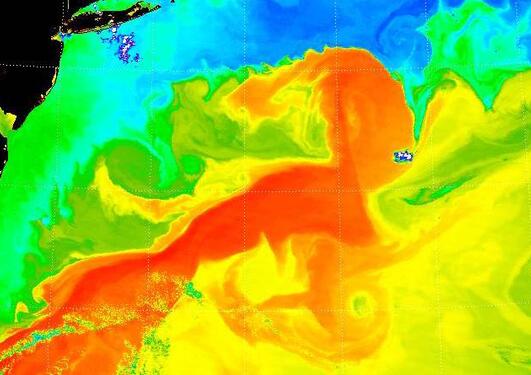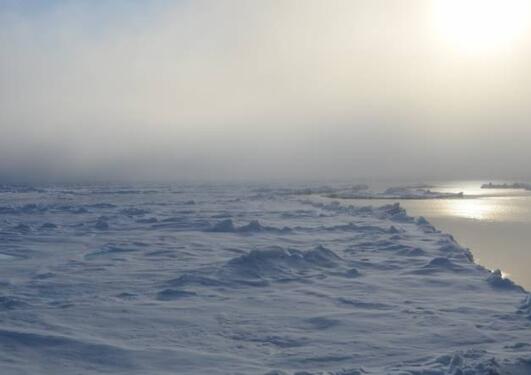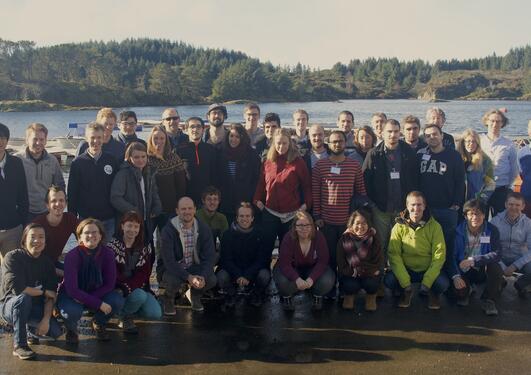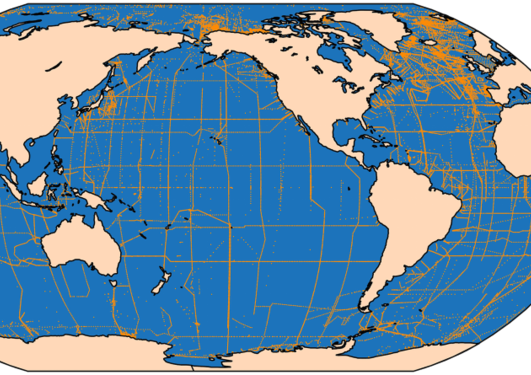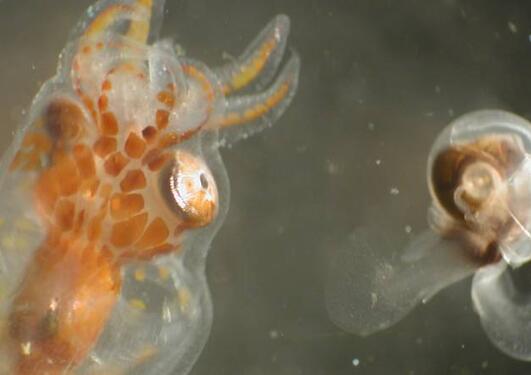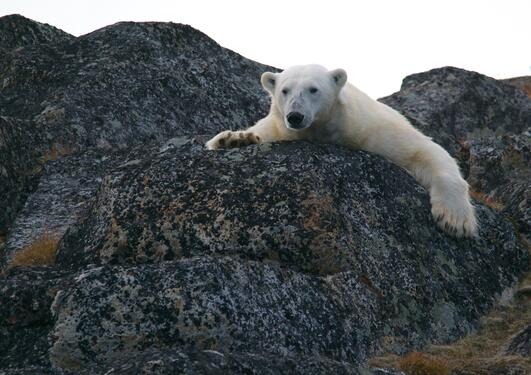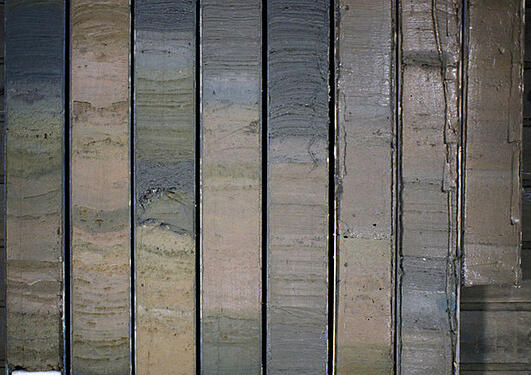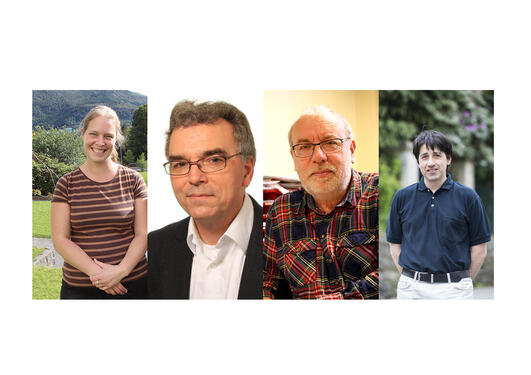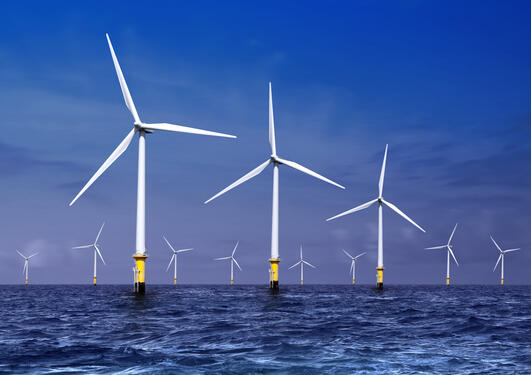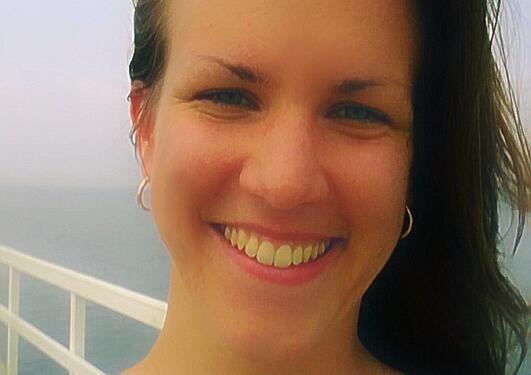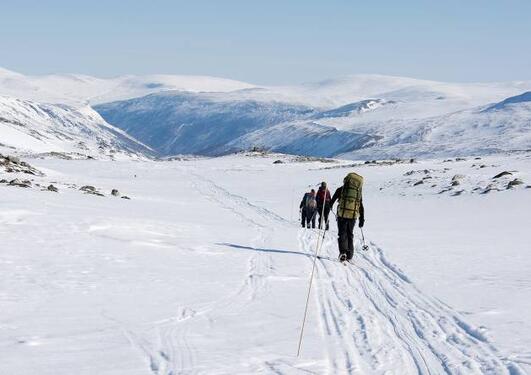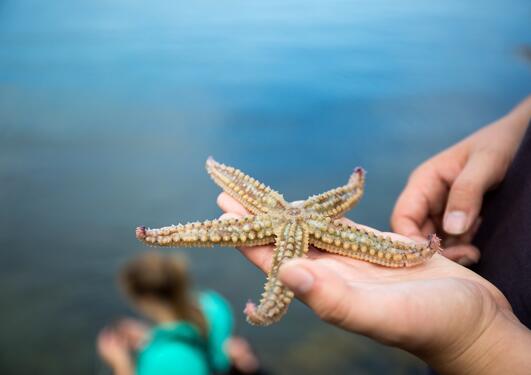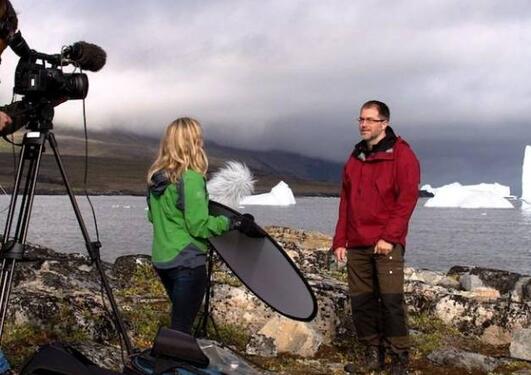News archive for Climate Dynamics
SNOWISO field season started at the EastGRIP camp, on the Greenland Ice Sheet.
The Gulfstream makes northern Europe warmer by transporting heat. This is well known. New research shows that the sea surface temperature also affects storm tracks as far away as the Pacific.
A newly published study in Nature Communications shows an important new understanding of the climate system that will allow us to better understand past climate variability. The results were uncovered by expeditions between the North Pole and Antarctica.
On 3-8 March, 29 participants and 10 expert lecturers attended a winter school at Kvalheim Fritid on Radøy near Bergen.
An international research project has determined the amount of man-made CO2 emissions taken up by the ocean from the atmosphere between 1994 and 2007.
Did you know that the El Niño Southern Oscillation is a phenomenon involving two-way interactions among the tropical basins? Noel Keenlyside writes about a recent study he has contributed to.
The living conditions for marine microorganisms in the Southern Ocean may dramatically worsen by the end of the century. More acidic water can make their territories shallower.
Since 1971 Svalbard has experienced a winter warming of 7°C. This has caused major changes, and there is an urgent need to plan for the future, states the new “Climate in Svalbard 2100” report.
Carbon composition is a combined signal of ocean circulation and local biological and chemical processes, a new study shows, drawing special attention to the Southern Ocean.
What caused abrupt climate swings known as the Dansgaard-Oeschger events of the last ice age?
Almost one-fifth of the world’s population depends on rivers coming from the Himalayas and the Tibetan Plateau. Yet, only one in a thousand glaciers and lakes in this region have monitoring stations and constraints on the hydrological cycle are poor, Hans Christian Steen-Larsen and colleagues writes in a comment in Nature.
Climate-Ocean research and tipping points are common denominators in three new EU funded research projects at the Bjerknes Centre. Christoph Heinze, Noel Keenlyside and Svein Østerhus together with Petra Langebroek received a nice pre-Christmas present, as EU gave their thumbs up for the three new projects.
Climate researcher Tore Furevik suggests that Norway should think big. Offshore wind can turn the country into a zero-emission society, as well as creating a major boost for the economy.
Algae do not live long, and the nutrient content of the water can change quickly. If you want to predict the primary production in the Barents Sea one or ten years ahead, it is more important to know the current conditions of temperature ocean currents, than the nutrient content in the ocean here and now.
With all the rain pouring down this autumn, some may already look forward to an equally snow-rich winter as last year's in Western Norway. While the seasonal forecasts have not yet reached a consensus, at least by now some Bjerknes scientists know more about last year's snow.
The University of Bergen has taken on a leadership role on SDG 14, Life below water, for United Nations Academic Impact, and will act to inspire and motivate partners worldwide to create greater knowledge towards a sustainable ocean.
Three-week course in October guided by UiB and Bjerknes Professors.
The Bergen Offshore Wind Centre officially opened on 13 September. For the University of Bergen this is an important part of our contribution to society, according to Energy Director Kristin Guldbrandsen Frøysa.
Pages
- March 2023 (1)
- January 2023 (1)
- March 2021 (1)
- August 2020 (2)
- January 2020 (2)
- November 2019 (1)
- October 2019 (4)
- August 2019 (2)
- July 2019 (2)
- June 2019 (1)
- May 2019 (3)
- April 2019 (2)
- March 2019 (3)
- February 2019 (1)
- January 2019 (3)
- December 2018 (2)
- November 2018 (1)
- October 2018 (2)
- September 2018 (2)
- August 2018 (1)
- July 2018 (1)
- April 2018 (2)
- March 2018 (2)
- February 2018 (2)
- January 2018 (1)
- October 2017 (2)
- June 2017 (4)
- April 2017 (1)
- March 2017 (1)
- February 2017 (1)
- December 2016 (1)
- November 2016 (1)
- August 2016 (1)
- May 2016 (2)
- November 2015 (1)
- October 2014 (1)
- September 2014 (1)
- June 2014 (1)
- December 2013 (1)
- November 2013 (1)
- October 2013 (1)
- September 2012 (1)
- February 2011 (1)
- January 2011 (1)

